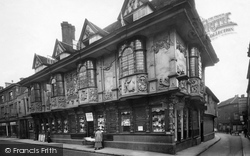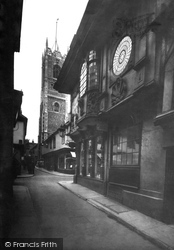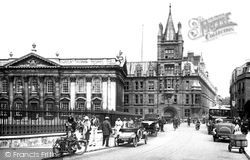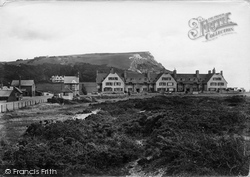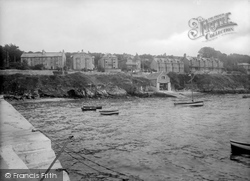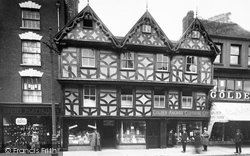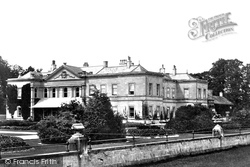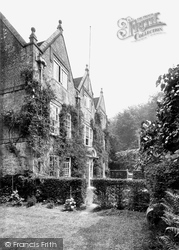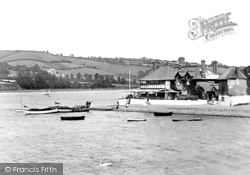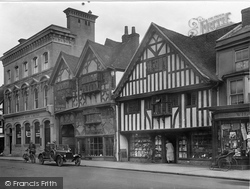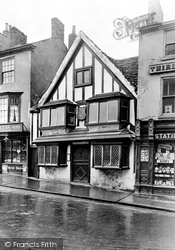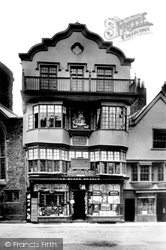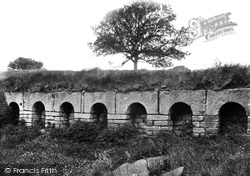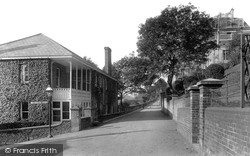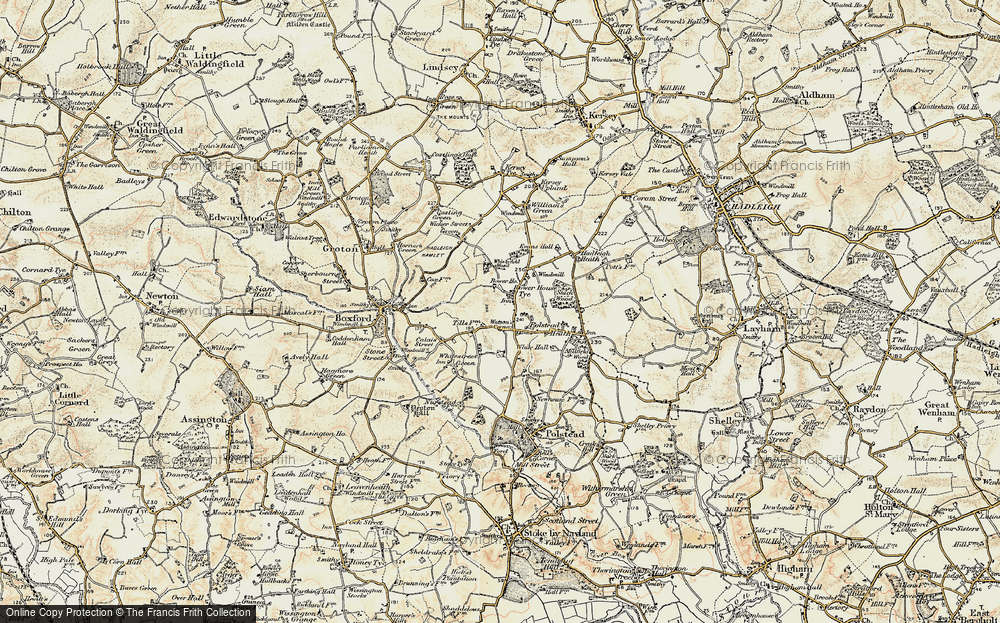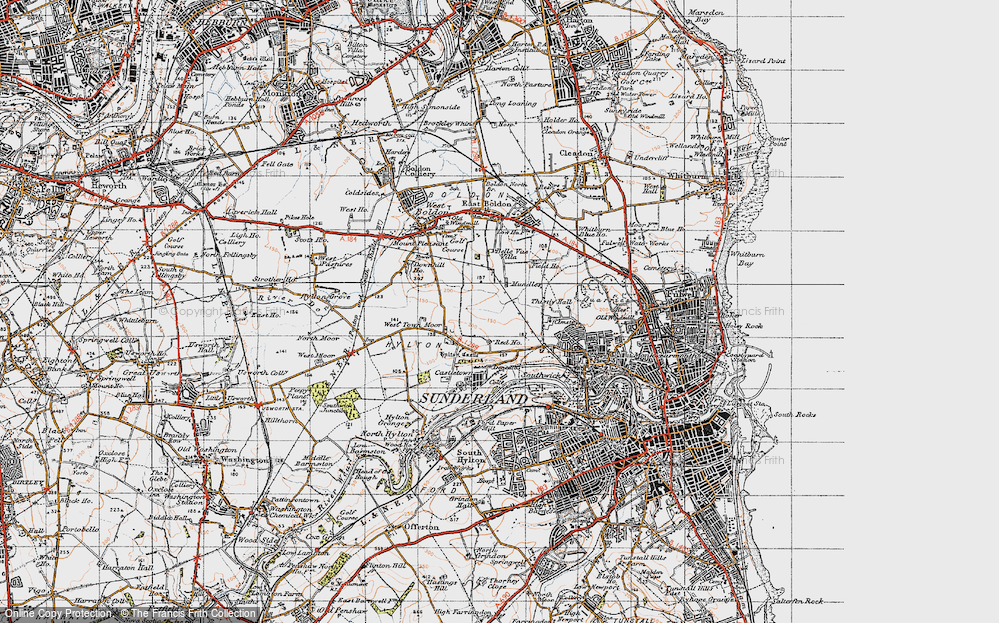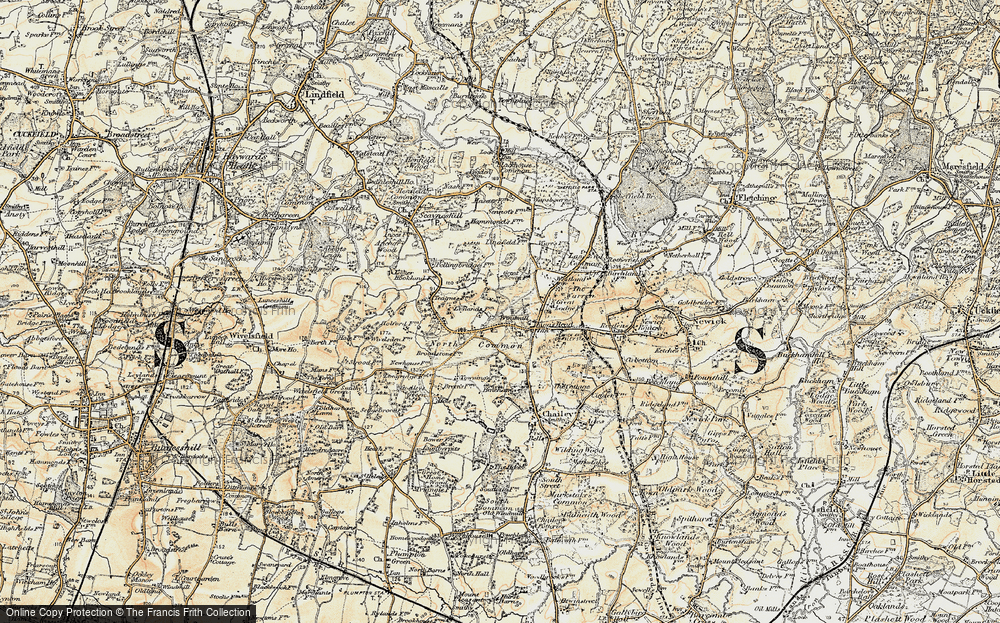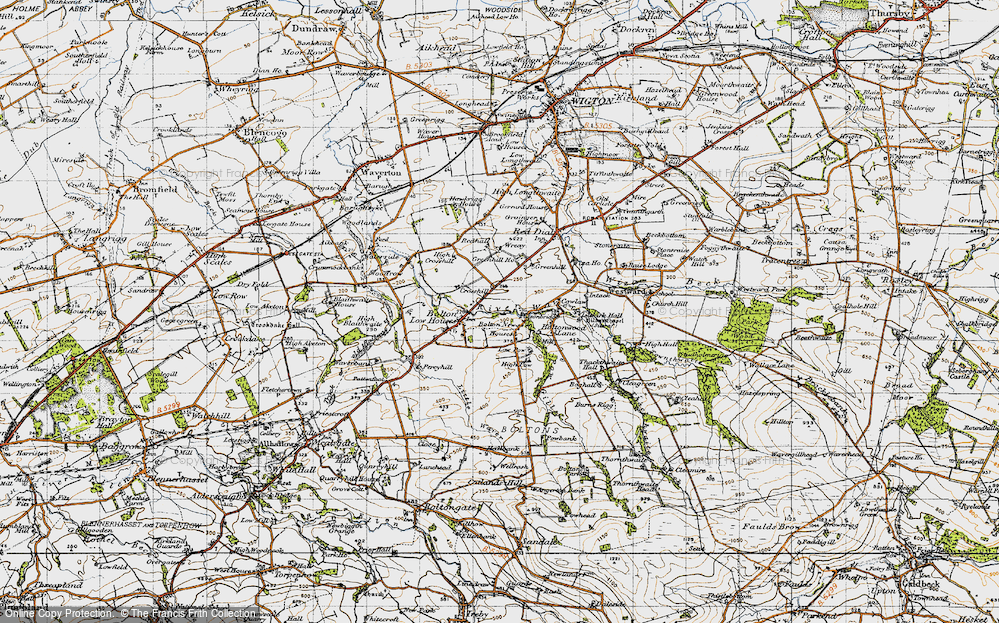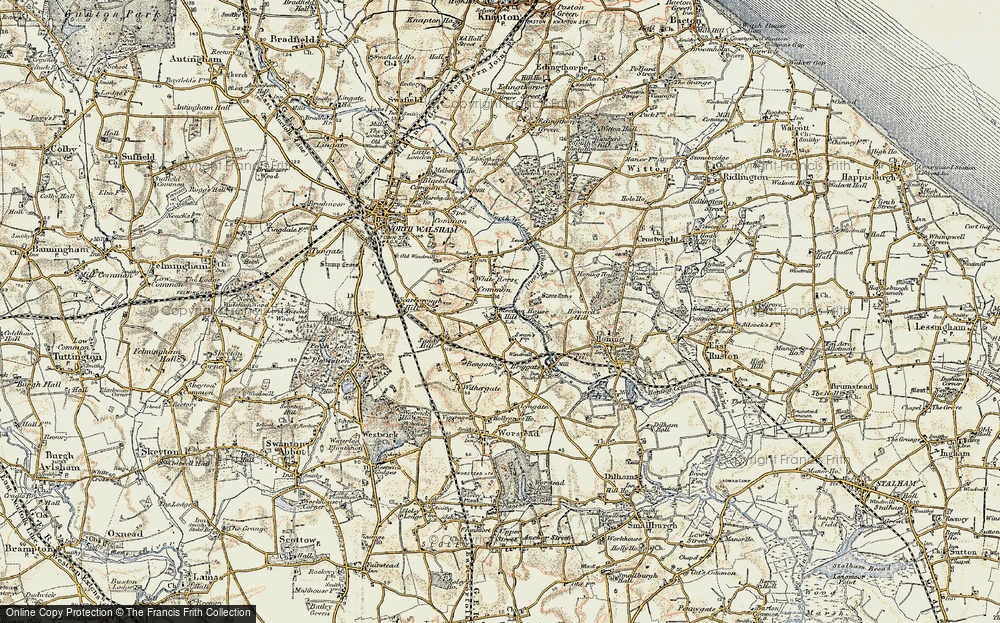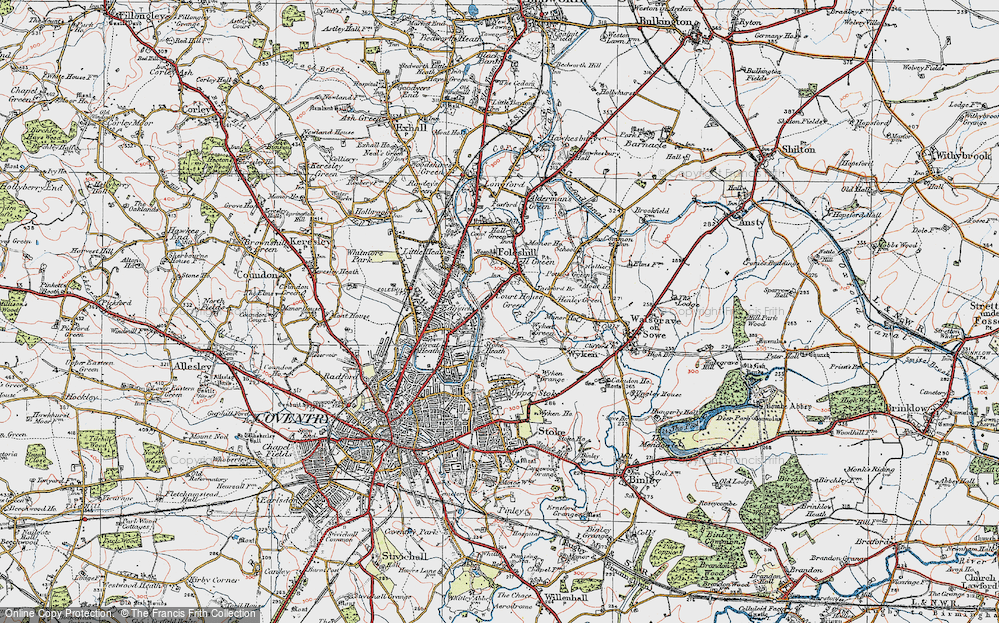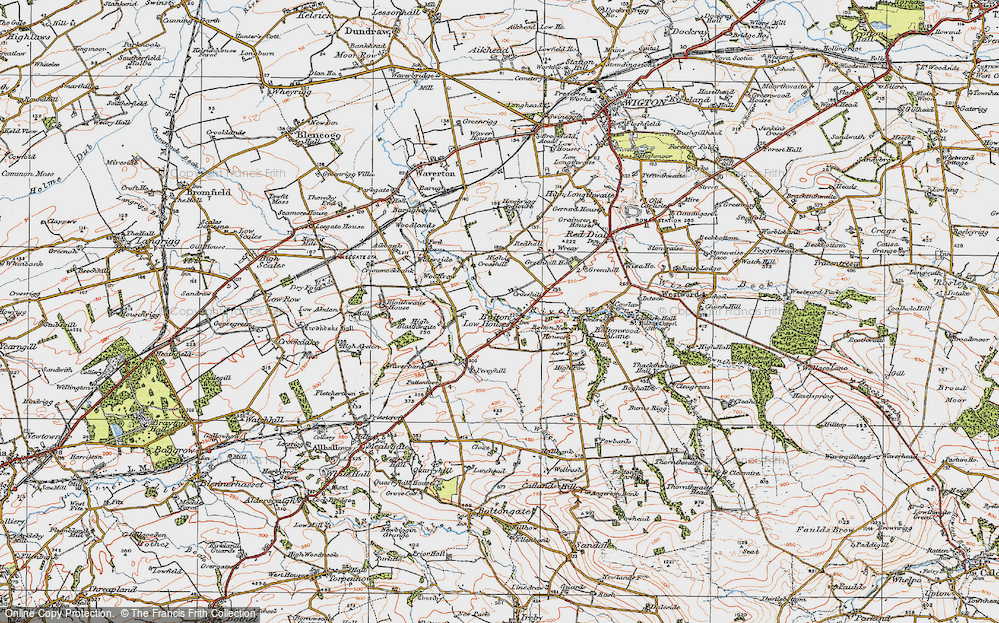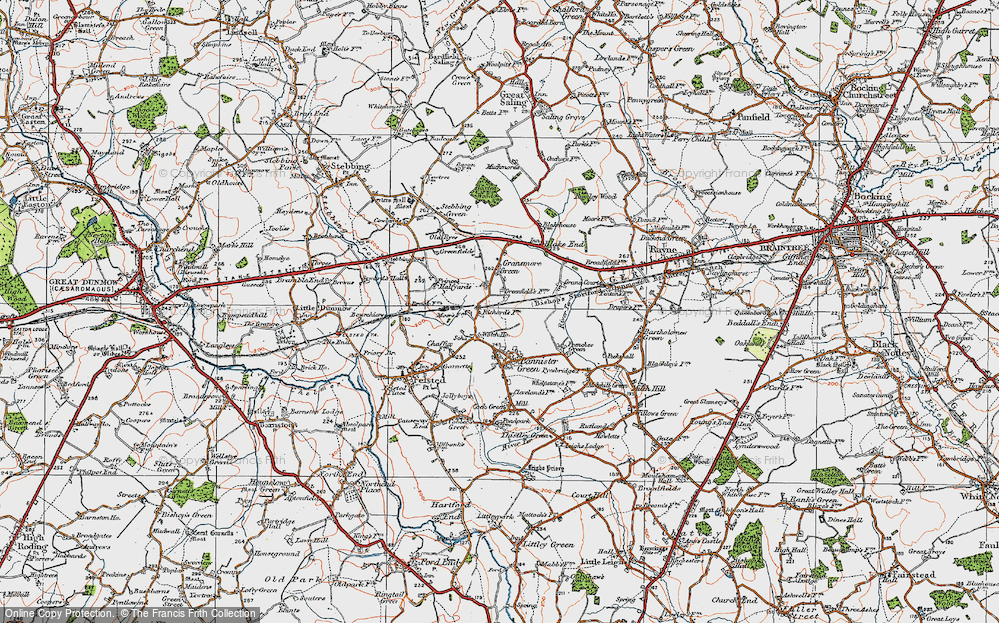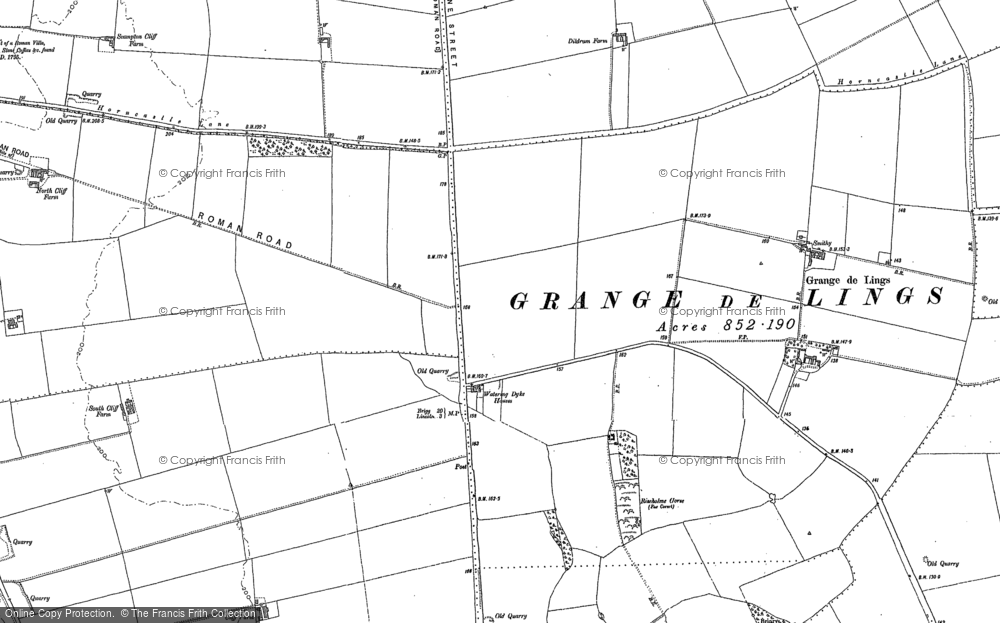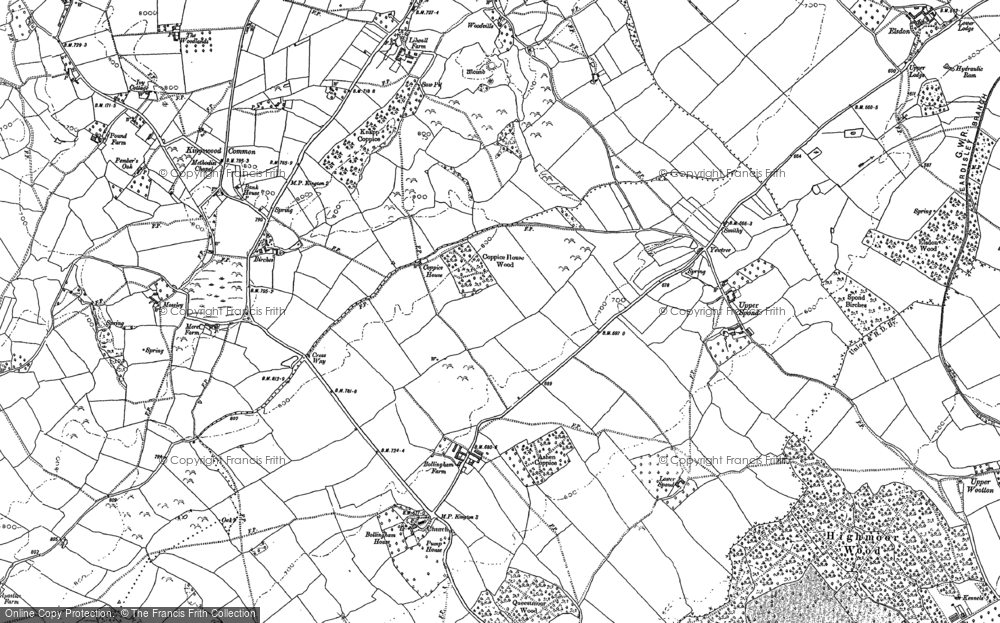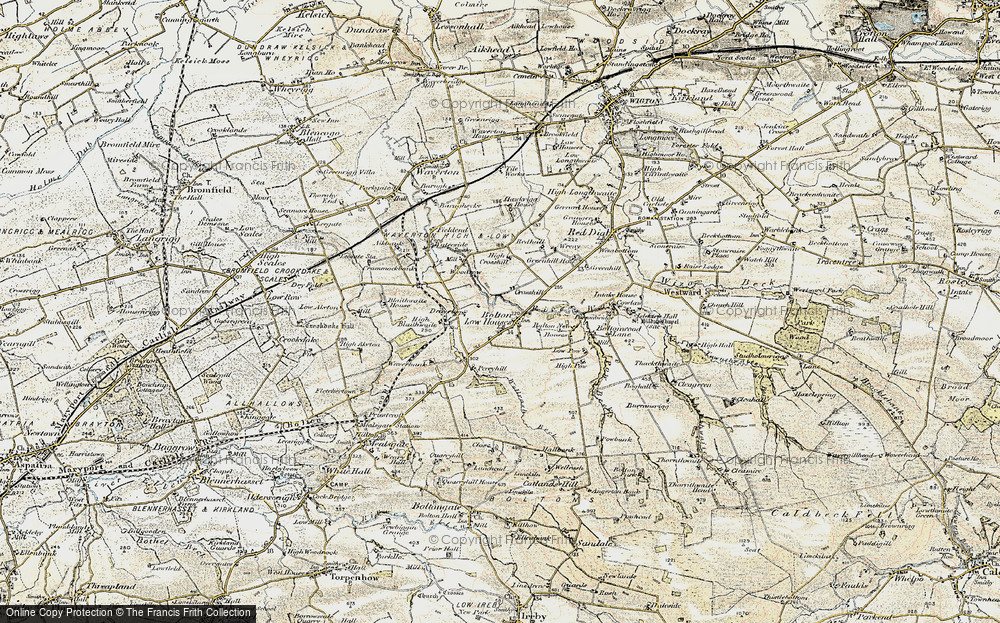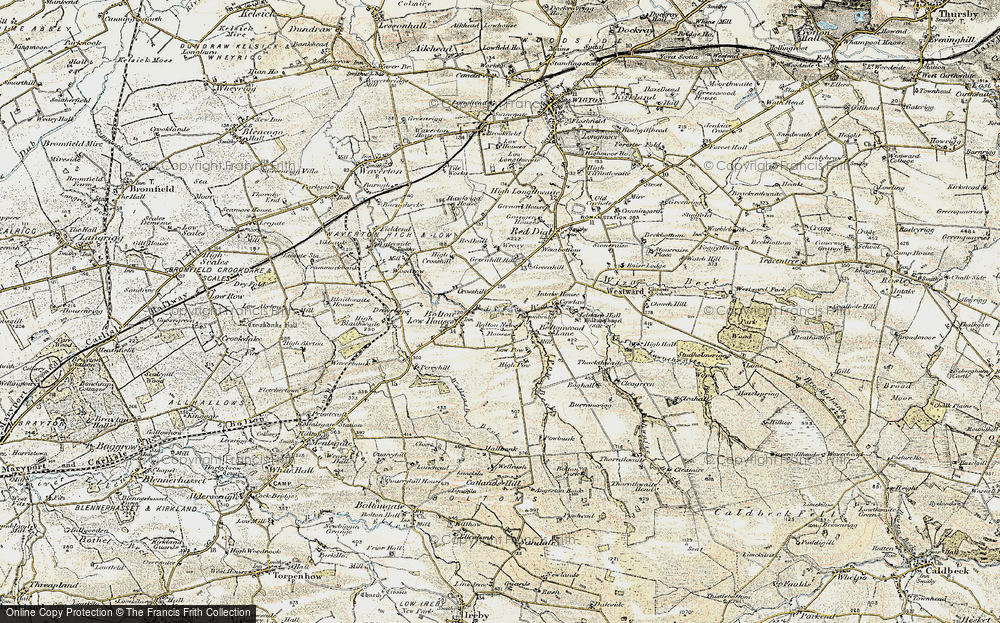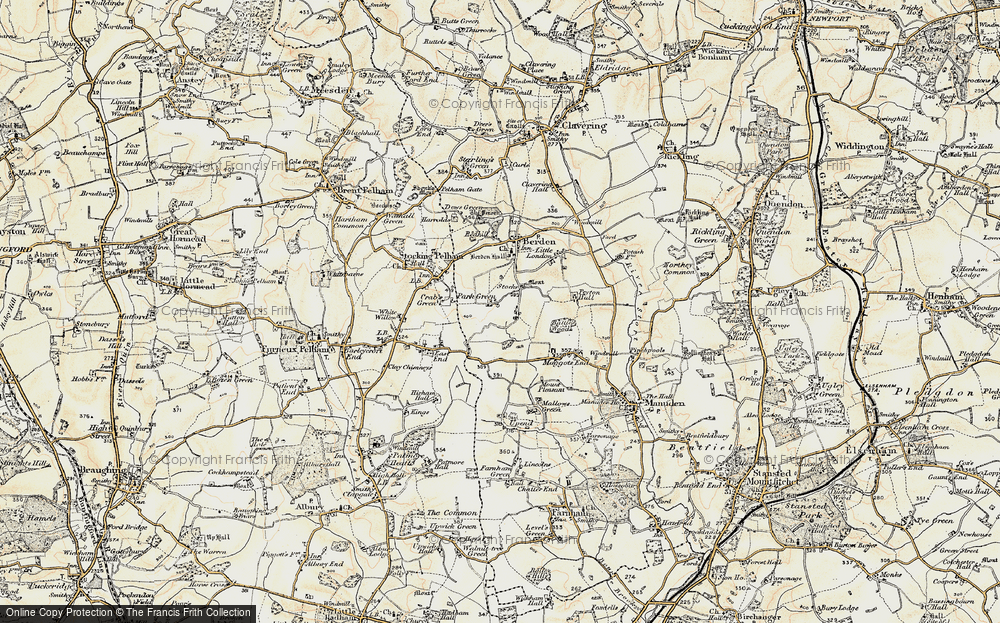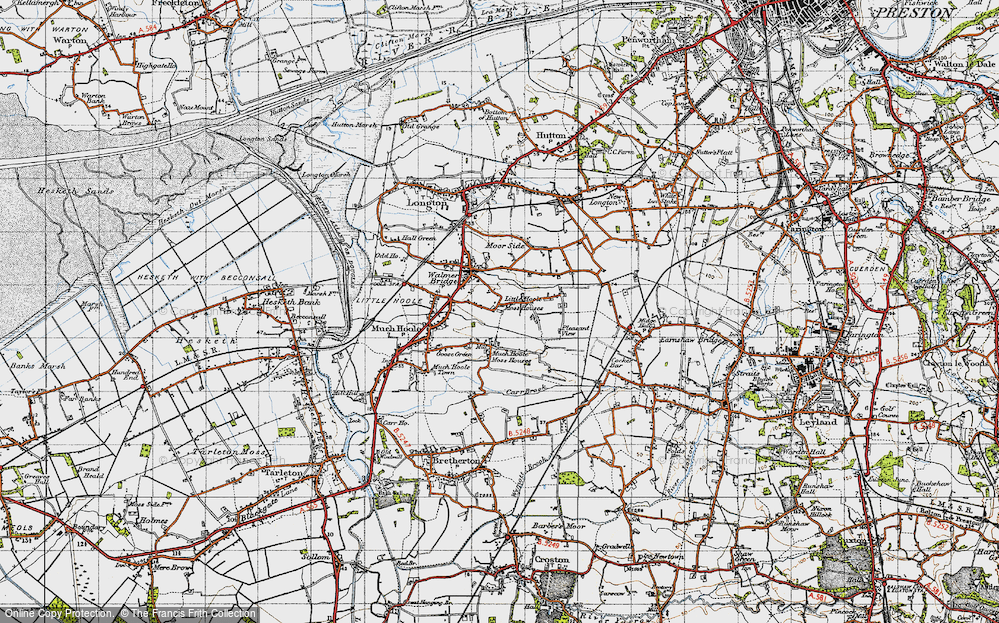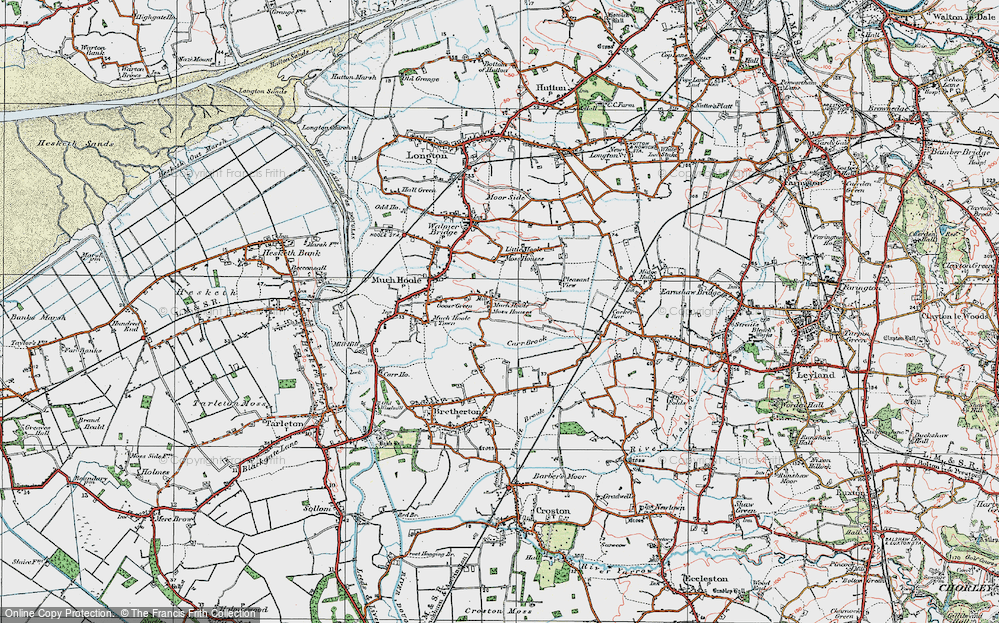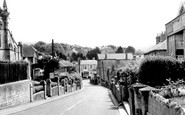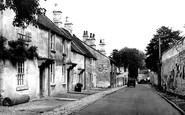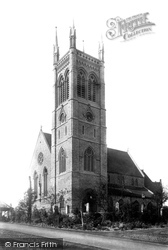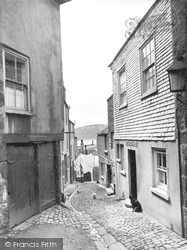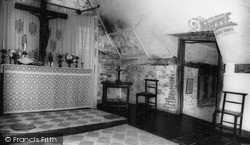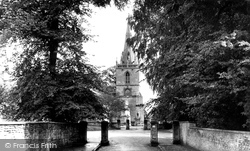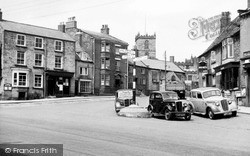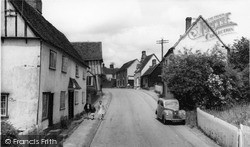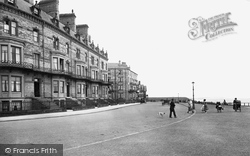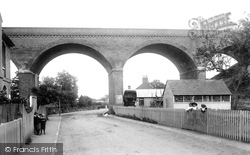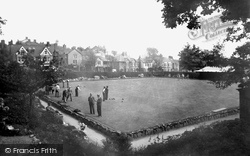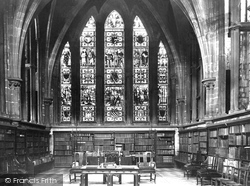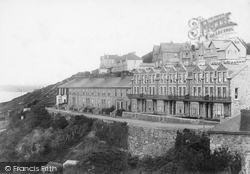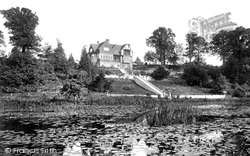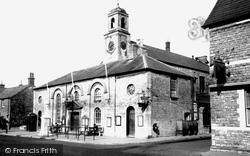Places
36 places found.
Those places high-lighted have photos. All locations may have maps, books and memories.
- Chatsworth House, Derbyshire
- Osborne House, Isle of Wight
- Brambletye House, Sussex
- Ickworth House, Suffolk
- Kingston Lacy House, Dorset
- Boscobel House, Shropshire
- Preshute House, Wiltshire
- Bolton Houses, Lancashire
- Brick Houses, Yorkshire
- Quaking Houses, Durham
- Water Houses, Yorkshire
- Bottom House, Staffordshire
- New House, Kent
- Mite Houses, Cumbria
- Lyneham House, Devon
- Church Houses, Yorkshire
- Dye House, Northumberland
- Spittal Houses, Yorkshire
- Street Houses, Yorkshire
- Tow House, Northumberland
- Halfway House, Shropshire
- Halfway Houses, Kent
- High Houses, Essex
- Flush House, Yorkshire
- White House, Suffolk
- Wood House, Lancashire
- Bank Houses, Lancashire
- Lower House, Cheshire
- Marsh Houses, Lancashire
- Chapel House, Lancashire
- Close House, Durham
- Guard House, Yorkshire
- Hundle Houses, Lincolnshire
- Hundred House, Powys
- Thorley Houses, Hertfordshire
- School House, Dorset
Photos
7,776 photos found. Showing results 301 to 320.
Maps
370 maps found.
Books
1 books found. Showing results 361 to 1.
Memories
10,360 memories found. Showing results 151 to 160.
Willow Garth
My Grandparents Arthur and Gladys Gossop lived at Willow Garth, opposite the White Horse Pub. Grandad bought it with his Army money. He built a workshop, and began a business which included Wheelwright, Joiner and Contractor. He ...Read more
A memory of Gilberdyke in 1960 by
Grandmother's Abode
At the bottom of the hill on the right I believe that tall building belonged to the local bakers. The low building next to it - this side of the bakers - is a thatched cottage where my grandmother lived. My mother grew up here. ...Read more
A memory of Wroxall by
Not Quite The Same
On the left of this picture are three doorways marked by stone porches. I live in the third of the three away from the camera. The second remains as it is shown but the first doorway has now been blocked up. The house has been ...Read more
A memory of Bathford by
Berkeley Ave
I lived in Cranford in the late 60's early 70's. It was a great place to live. We moved into our grandparents house. I loved the old village style buildings near the Berkeley Arms and was sad to see a new hotel in its place. There used ...Read more
A memory of Cranford in 1965 by
The Old Cinema
We moved to Egham in about 1955. My father had been born in Medlake Road in 1920. We lived in Oak Avenue, Egham Hythe in a house built in the 1930s. I attended Egham Hythe Infants and Primary and later Magna Carta (on both its sites - ...Read more
A memory of Egham in 1960 by
Sawmill
My Great Grandfather's brother used to own a sawmill in Newport in Wartime (World War II). His name was George Alfred (Alf) Ginger and Alf was married to Rebecca. My father remembers visitng the sawmill as a boy, seeing his cousin Seorus ...Read more
A memory of Newport in 1940 by
Where I Grew Up Born 1944
My Mum and Dad moved into the village in the 1930's into a new house in Rogers Lane and lived there for 66 years. My father was the village tailor working from a workshop in the back garden. My mother was very involved ...Read more
A memory of Stoke Poges in 1950 by
Stories Of North Creake
My grandfather, John Arnett, was the teacher at the North Creake school for many years. Four of his sons came to Canada. When I was a little girl growing up in distant Saskatchewan the uncles would gather and tell ...Read more
A memory of North Creake in 1890 by
Frognal Hampstead London Nw3 6yd
Frognal was mentioned in the early 15th century as a customary tenement and in 1740 Frognal field was the eastern abutment of Northfield, part of the demesne. By the 17th century there were several cottages and ...Read more
A memory of Hampstead by
The Watford To Rickmansworth Railway In The Second World War
Croxley Green station is now - in the 21st century - merely a shadow of its former busy life. My Auntie Dorrie (Doris Lacey) worked at this station throughout the Second World War and ...Read more
A memory of Croxley Green in 1940 by
Your search returned a large number of results. Please try to refine your search further.
Captions
6,977 captions found. Showing results 361 to 384.
Other buildings in the church and palace riverside group include some remaining fragments of the college of priests, chiefly the gatehouse and the master's house, the Archbishop's stables and the
This pastoral scene includes the impressive Malmesbury Abbey on the skyline and abbey House, partly hidden behind the trees.
The mock timbered gables of Red House at Darley Dale are now home to a horse and coaching museum, which runs coach-and-fours through the grounds of nearby Chatsworth House for visitors during
Here they lead up the motte to the Castle House, which now houses the town's museum.
Originally, 18th-century Gwy House in Bridge Street was a privately owned family home.
Bethesda House was once a Wesleyan Meeting House for the benefit of older folk who found it difficult to walk up the hill to the Wesleyan Chapel.
Courtenay Terrace is the only group of houses which had gardens backing onto the beach.
The chapel is in the top of the house, next to a nursery that offered views in all directions. Members of the family could stand watch while a service was being held.
One of the only positive things for the town's development at this time was housing. The first council house in Walsall was completed on 21 June 1920; it was in Blakenall Lane.
Nearby is Corsham Court, a large manor house built in Elizabethan style. Thomas Smythe of London, haberdasher and Collector of the Customs, erected it in 1582.
The three-gabled house on the right, Hartshorne House or the Old Hospital, 15th-century and 1576, was described in 1863 as 'an unsightly pile of wood and plaster too dilapidated to allow the lowest to
George Villiers, 2nd Duke of Buckingham and friend of Charles II, was brought to Kirbymoorside after falling from his horse whilst out hunting.
Many of the houses have attractive pargeting, including Butlers Cottage on the right of the picture. The leaning timber-framed house on the left is known as Tudor Cottage.
Here, in another view of the Promenade, we see the large five- storey houses, built in distinctive white 'Pease' brick, many of which operated as small private hotels or boarding houses
The first house on the left is Peel House, which was built in 1851 as Bagshot Police Station, one of only four in the whole of Surrey at that time.
Most of the trees we saw in photograph B27004 have now been felled and replaced by houses. The tower of St Nicholas's Church is just visible above the group of houses on the left.
This is the Chapter House in the days when it housed the cathedral library; in more recent times it has been used as a bookshop.
These houses overlook Porthminster Beach and have views of St Ives Bay that are as superb today as they were when this photograph was taken.
The building nearest the camera, Rainsford House, was built around the turn of the century. From1924 it housed the town's municipal offices, but was eventually replaced by a new Civic Centre.
These charming houses are at the east end of the quay; the left-hand one, Ferry House, is a reminder of the Colne ferry that crossed the river here. To the right are the cranes of a boatyard.
When the houses were constructed in the late 1880s, they were considered to be the first type of 'middle class' houses in Camberley.
Here Cooper's house can be seen across the lily-covered lake. The house has now gone, but the gardens, which fell into decay, are now being restored.
Keay House - centre left - was named after the first Chairman of Basildon Development Corporation.
The House of Correction stood on this site until 1829. The county jail was then relocated and the new Town Hall was built incorporating some of the cells.
Places (80)
Photos (7776)
Memories (10360)
Books (1)
Maps (370)


